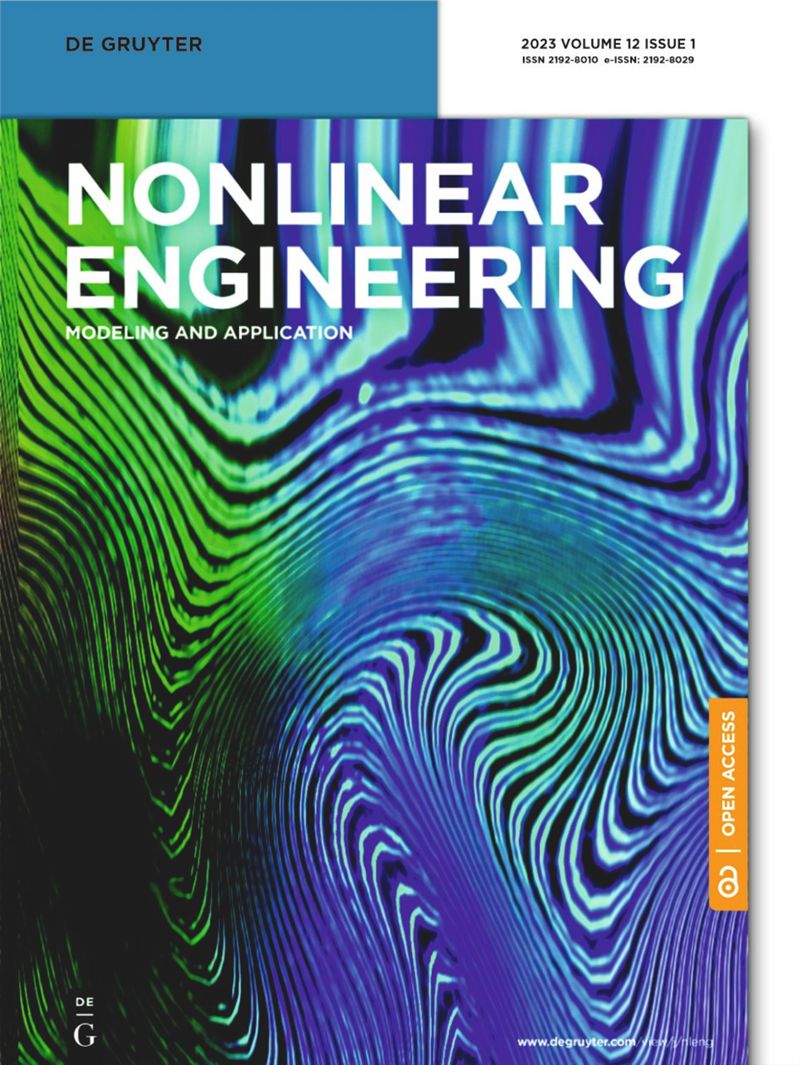Nonlinear dynamic responses of ballasted railway tracks using concrete sleepers incorporated with reinforced fibres and pre-treated crumb rubber
IF 2.4
Q2 ENGINEERING, MECHANICAL
引用次数: 1
Abstract
Abstract Damages on railway sleepers due to heavy impact loads induced by the movement of trains can be reduced by improving their impact resistance. Fibre-reinforced/pre-treated crumb rubber concrete sleepers (RCSs) have the potential to display significant impact resistance to withstand a high-magnitude impact load. The ideal proportions of pre-treated crumb rubber, steel fibres, and polypropylene fibres (PFs) can be identified based on the minimum cost-to-impact energy ratio after conducting a drop weight impact test on prisms. The numerical model developed to assess the behaviour of ballasted tracks has been validated using both simulation results and field measurements. Numerical studies have been conducted on ballasted rail tracks with steel and PF-reinforced/pre-treated RCSs using LS-DYNA software. Dynamic strain rate-dependent material parameters are introduced in the numerical simulations. The nonlinear effect of higher train speeds on dynamic track responses has been highlighted in this article. Although the static load-carrying capacity and modulus of elasticity of rubber concrete are low, their dynamic performance controls the track displacements from exceeding permissible limits. The outcome of this study will provide new insights into the effects of railway concrete sleepers incorporated with reinforced fibres and pre-treated crumb rubber on railway track performance in order to ensure safety and reliability before it is put into services.用混凝土枕木结合增强纤维和预处理橡胶屑的有碴铁路轨道的非线性动力响应
摘要通过提高轨枕的抗冲击性,可以减少列车运动对轨枕造成的冲击载荷损伤。纤维增强/预处理碎橡胶混凝土枕木(rcs)有潜力显示出显著的抗冲击性,以承受高强度的冲击载荷。在对棱镜进行落锤冲击试验后,可以根据最小冲击成本能量比确定预处理橡胶屑、钢纤维和聚丙烯纤维(pf)的理想比例。用于评估有碴轨道性能的数值模型已通过模拟结果和现场测量进行了验证。利用LS-DYNA软件对钢和pf增强/预处理rcs的有碴轨道进行了数值研究。在数值模拟中引入了动态应变率相关的材料参数。高列车速度对动态轨道响应的非线性影响在本文中得到了强调。橡胶混凝土的静态承载能力和弹性模量虽然较低,但其动态性能控制着轨道位移不超过允许范围。本研究的结果将提供新的见解,探讨铁路混凝土轨枕加入增强纤维和预处理橡胶屑对铁路轨道性能的影响,以确保其投入服务前的安全性和可靠性。
本文章由计算机程序翻译,如有差异,请以英文原文为准。
求助全文
约1分钟内获得全文
求助全文
来源期刊
CiteScore
6.20
自引率
3.60%
发文量
49
审稿时长
44 weeks
期刊介绍:
The Journal of Nonlinear Engineering aims to be a platform for sharing original research results in theoretical, experimental, practical, and applied nonlinear phenomena within engineering. It serves as a forum to exchange ideas and applications of nonlinear problems across various engineering disciplines. Articles are considered for publication if they explore nonlinearities in engineering systems, offering realistic mathematical modeling, utilizing nonlinearity for new designs, stabilizing systems, understanding system behavior through nonlinearity, optimizing systems based on nonlinear interactions, and developing algorithms to harness and leverage nonlinear elements.

 求助内容:
求助内容: 应助结果提醒方式:
应助结果提醒方式:


